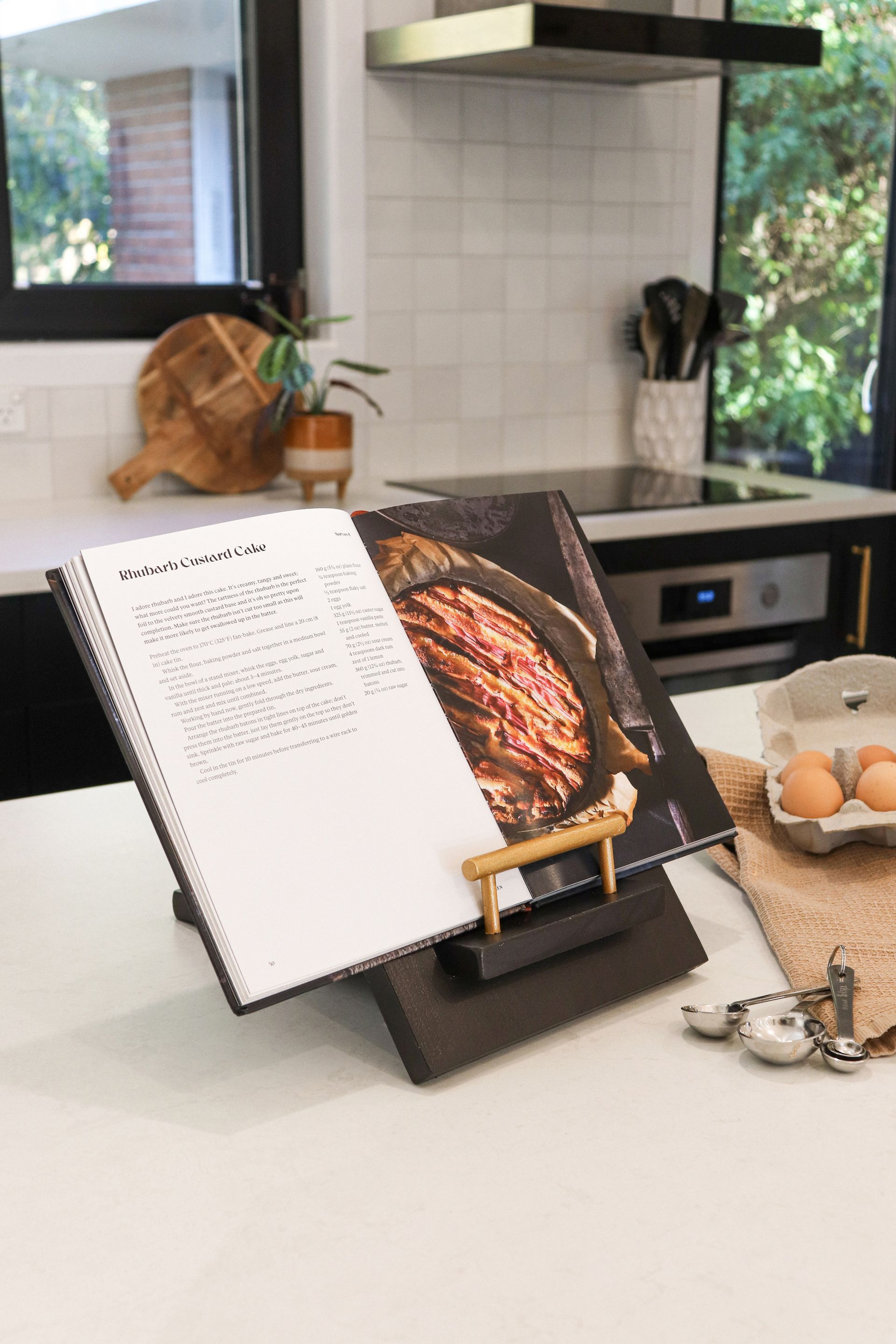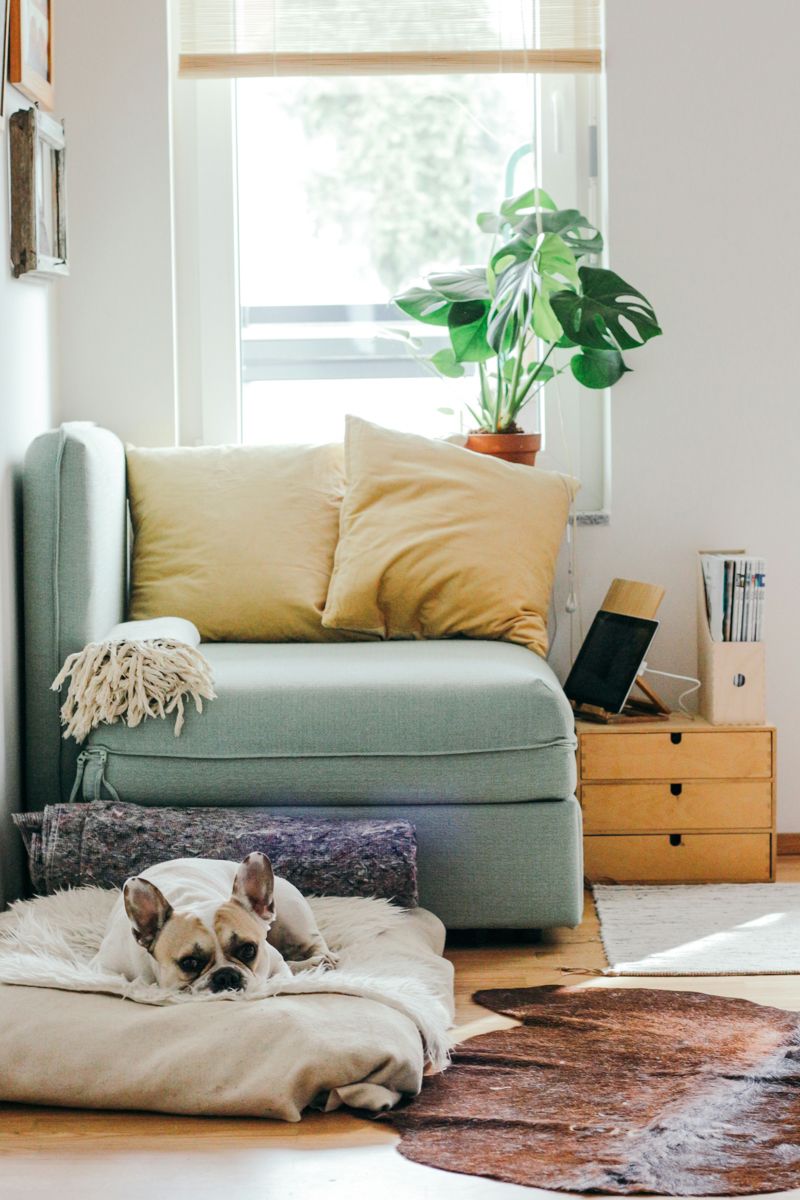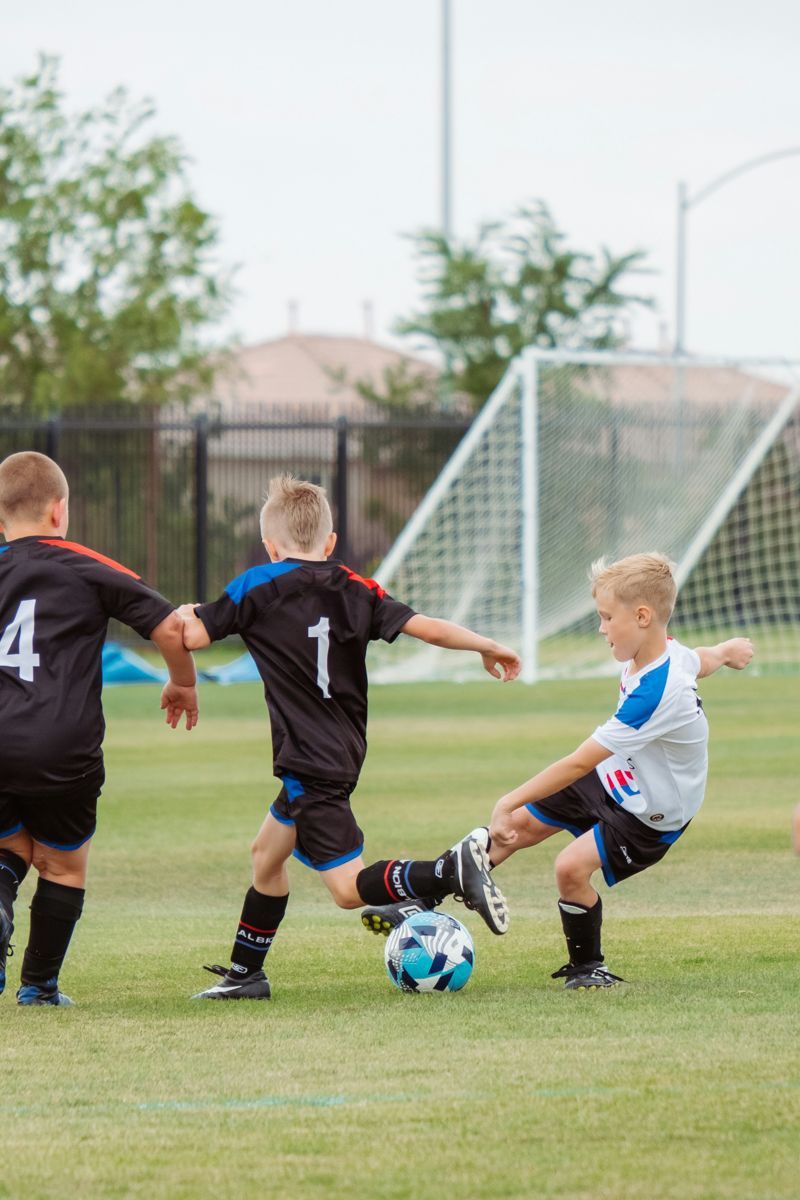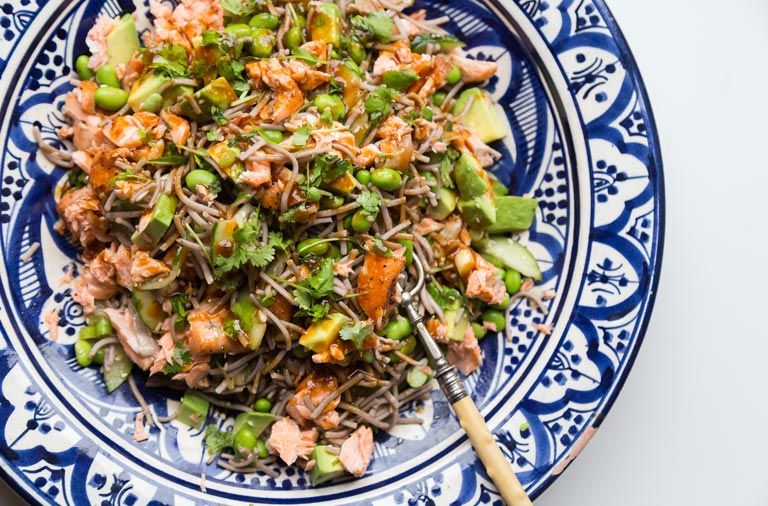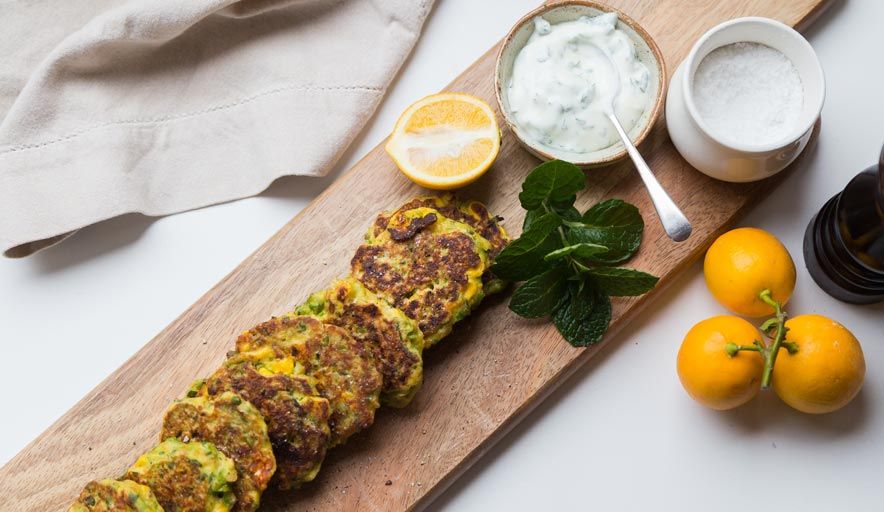As a keen cook, dietitian Claudia Vavasour offers us some inspiration in the kitchen – recipes filled with nutritional advice that do much more for the body than just fill us up.
Highly qualified and experienced registered dietitian Claudia Vavasour is quick to advise that we should all ‘eat the rainbow and follow the Mediterranean diet as much as possible’. That means lots of vegetables, fruit and wholegrains, and anti-inflammatory fats such as extra virgin olive oil, avocado and oily fish.
As the first New Zealander to become a member of Australasia’s Nutrition Plus, an organisation that specialises in women’s health and fertility, she deserves to be proud. As well as advising couples on food requirements with the aim to encourage successful fertility, her work also covers ailments from skin complaints, PCOS, thyroid disease, endometriosis, menopause and beyond. All age groups are covered, with her youngest client only 14 years old.
When considering nutrition for the 35–55-plus age group, Claudia believes ‘the most important thing to avoid is the incidental weight increases women can have with each subsequent child’.
‘I often see clients who haven’t quite lost the weight from their first child before becoming pregnant again,’ she explains. ‘It is such a busy time in a woman’s life; juggling motherhood, the home front and holding down a job or career doesn’t leave much “me” time, so it is easy to fall into the trap of convenience dinners and takeaways, which by nature means larger portion sizes and higher inflammatory saturated fats contributing to even more weight gain and subsequent inflammation which contributes to disease.’
So what should we be avoiding? ‘I recommend women be wary of fad diets and the trap of yo-yo dieting. The modified Keto diet has become really popular amongst women in recent years and whilst it can be effective at achieving weight loss, it is not a dietary pattern recommended for long-term use as it can lead to detrimental changes to our gut microbiome.’
According to Claudia, the rise of fad diets, often with ‘influencer’ endorsements, can often be effective in the short-term because they have drastic calorie restriction, but not so in the long-term as they are unsustainable and are too hard to stick to. As a result, the body shifts to a fat storage gear and it then becomes even harder to lose weight.
For weight loss, disease prevention and menopause symptoms, Claudia supports the Mediterranean diet; it helps alleviate menopausal symptoms due to the high fibre content and the regular intake of legumes, which are rich in phytoestrogens. ‘Fibre plays a key role in excreting excess oestrogen, which is critical for maintaining hormonal balance. Phytoestrogens are plant-based compounds that mimic oestrogen in the body. They’re found in whole soy products such as edamame beans, miso and legumes and are helpful in conditions where oestrogen is deficient, such as perimenopause.’
Through her science-based research, Claudia creates nutrition infographics that she shares through social media, covering health topics and fertility for both sexes. Food, nutrition and our environment play critical roles in growing a healthy human and preventing diseases in that tiny human as an adult. She’s empowered by helping people create healthy families and supporting women as their bodies and nutrition needs change beyond motherhood.
Words Georgi Waddy / Images Charlie Jackson / Recipes Claudia Vavasour
Seared Salmon and Buckwheat Noodle Salad — Serves 4
Salad:
250 g deboned whole salmon fillet (or 2 good-sized portions)
2 splashes of extra virgin olive oil
1 packet of buckwheat soba noodles (found at most good Asian supermarkets – alternatively you can use any buckwheat pasta)
1 avocado diced (on the firmer side)
1 bunch of chopped coriander
1 bunch of spring onion finely sliced
1 cucumber finely sliced
2 tbsp toasted sesame seeds
100 g Asian sushi pink ginger, juice reserved for dressing
200 g edamame beans – follow cooking instructions on pack
Dressing:
2 tbsp hoisin sauce, I use the Lee Kum Kee brand
juice from pink ginger
1 tsp fish sauce
1 tsp sesame oil
Steps:
- Preheat oven to 150°C, fan bake. Lightly season both sides of salmon fillet, heat oil in frypan and sear both sides of fillet until lightly brown, skin side first. Then place fillet into oven to rest for 15 mins. Remove from oven and leave to cool.
- Cook noodles and set aside, be sure to rinse well and add a dash of neutral oil to separate pasta before it cools.
- In a separate bowl prep avocado, coriander, spring onion, cucumber, sesame seeds, ginger and edamame beans.
- In another small bowl add all dressing ingredients, mix well and set aside.
- Just before serving mix noodles and dressing well, then combine coriander, spring onion, cucumber, sesame seeds, ginger and edamame beans. Be sure to add avocado last to avoid it getting mashed through the salad.
- Portion salmon fillet evenly between the four serves, garnish with coriander and toasted sesame seeds.
Corn, Pea and Chickpea Fritters with Minted Yoghurt Dressing — Serves 4
1 cup frozen peas
1 cup frozen corn kernels
½ cup chopped Italian parsley
½ cup chopped mint
½ cup crumbled feta
½ cup wholemeal flour
1 cup chickpeas (optional)
2 free-range eggs, lightly beaten
½ tsp iodised salt
cracked black pepper
2 tbsp extra virgin olive oil
Steps:
- Place peas in a bowl along with the corn, parsley, mint, feta and flour. Drain canned chickpeas and rinse well. Pour onto paper towel and press to dry.
- Using either a potato masher or blender, mash the chickpeas for a few pulses. Add chickpeas to pea and corn mixture.
- Make a well in the centre of the mixture and add the eggs. Mix until combined. Season to taste with salt and pepper.
- Heat the oil in a frypan over a medium heat. Place spoonfuls of batter in the pan and cook until the fritters are golden on both sides.
- Excellent as an entrée, drinks nibbles, or as lunchbox fillers.
For more nutritious and delicious recipes from Claudia, be sure to grab yourself a copy of Issue 73 of latitude.
Recent stories
